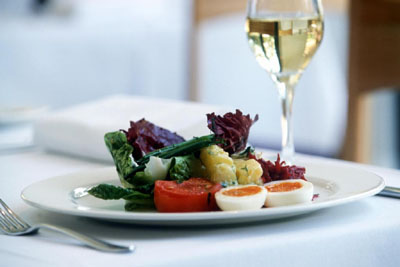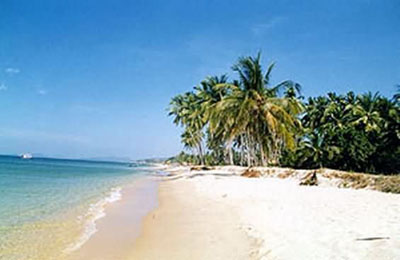
Sarah at the Griffith University. Photo: Minh Nguyen
For many journalists, travelling helps them enrich their experience, which is good for their writing. For the young, most travel for the joy of it. But for Sarah Cooke, a 23 year old girl on the Gold Coast, travelling can be for both: joy and writing.
Going around the world at the age of 19, Sarah is studying journalism at Griffith University. “I love reading stories in magazines,” said the slender girl with curly blonde hair.
However, travelling is her real hobby. Being born and growing up on the famous Australian tourism site, she loves travelling abroad alone. She does not know exactly the reasons why she likes touring around the world. May be she wants to be foreign like tourists she meets everyday in her hometown.
Indonesia was the first foreign country she visited. “I chose the country because the travelling price was very cheap,” she smiled. Sarah saved 2000 AUD for her first trip. “I saved the money myself during the time in school,” she said. She stayed with many exciting activities.
At this time, her parents were so worried about their 19 year old daughter, the only girl in the family of five children. “My mother called me everyday and I said it was ok”, she said.
After the first journey, she returned home and worked to afford the next trips. Some months later, she went to News Zealand. She stayed in the north of the country and visited some friends there. Then, she visited the Republic of Korea, England and Holland.
Each trip in each country gave her a good chance to experience new cultural identities and customs.
Now, Sarah has to delay her travelling hobbies for study. She likes stories on the media and hopes that once day she will herself produce them.
Do you think travelling is good for journalism? Click the poll below.
Click clip to see the famous Gold Coast where Sarah is living.
By Minh Nguyen
Filed under: Travel | Leave a comment »








